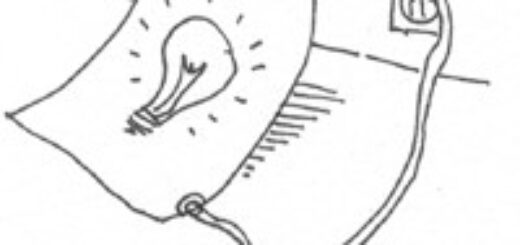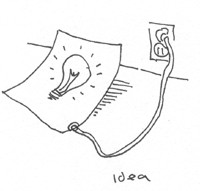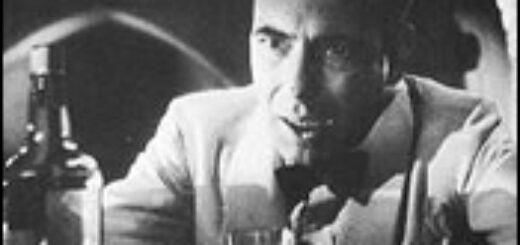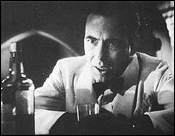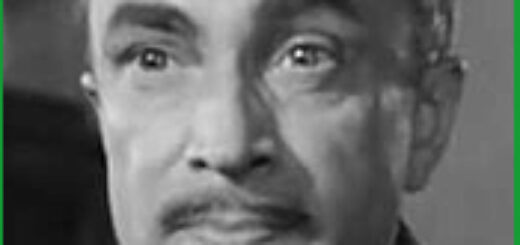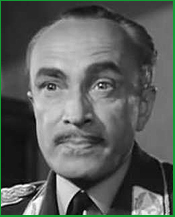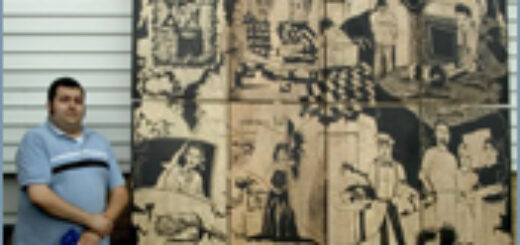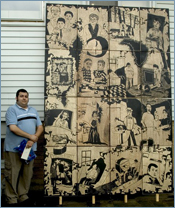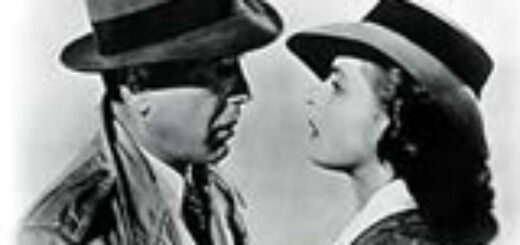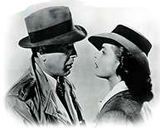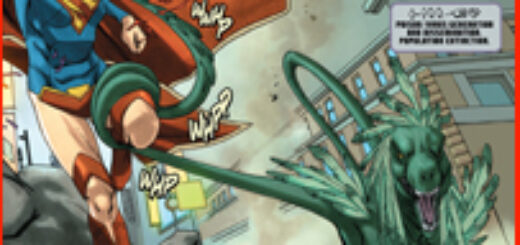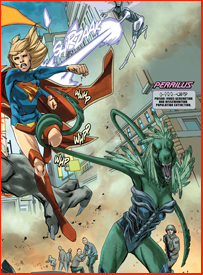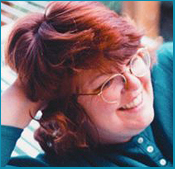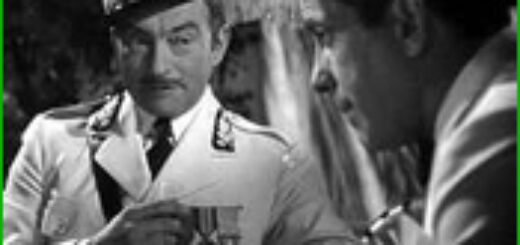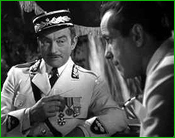John Ostrander: Raylan Vs. Raylan
 It’s interesting to watch different interpretations on a given character. Later this summer we’ll see Andrew Garfield as Peter Parker/The Amazing Spider-Man and can compare/contrast it with Tobey Maguire’s version in the previous three Spider-Man movies.
It’s interesting to watch different interpretations on a given character. Later this summer we’ll see Andrew Garfield as Peter Parker/The Amazing Spider-Man and can compare/contrast it with Tobey Maguire’s version in the previous three Spider-Man movies.
For me, it’s even more interesting when you compare two different versions in two different media. You can do that with Spider-Man or any of a number of different superheroes recently. The upcoming Avengers movie will offer that in spades.
The one I’m focusing on here, however, is the character of U.S. Deputy Marshall Raylan Givens, created by Elmore Leonard in a number of short stories and books, the most recent being Raylan. He’s also the central character on FX’s Justified, which just wound up its third season recently.
For many, Elmore Leonard is the best crime novelist writing today and one of America’s best novelists – period. Lots of his stuff has been adapted to movies, including 3:10 to Yuma, twice, and Get Shorty, which resuscitated John Travolta’s career) He’s not always expressed pleasure with adaptations of his work but he’s pleased with Justified which is as should be seeing that he’s listed among the writers for the series and is among the executive producers.
The character of Raylan Givens is a throwback, a frontier type lawman in the modern world. He’s not above prompting the bad guy to draw on him, dispensing his own kind of justice in a way that works as justifiable homicide. Hence the title. He cuts it a little too close in Miami and gets sent back to Kentucky from whence he came and to which he’s not real keen to return.
The cowboy imagery is re-enforced by the cowboy hat that Raylan habitually wears. In the books and short story, he wears an open road Stetson hat, flat brimmed, similar (according to Leonard) to the hats worn by the Dallas Police at the time of the shooting of Lee Harvey Oswald. In the TV series, it’s a hand-modified Stetson 4x beaver with a basket weave embossed leather hatband, with a three piece buckle set. Does it make a difference? It does to Elmore Leonard who does not care for the TV version. I’ve seen both hats and, well, Elmore Leonard is wrong. There, I said it. And it underscores what has to happen in adapting what works on the page to what works on the screen, big or little. The hat on Justified is a better visual.
Raylan Givens is laconic, iconic, and charismatic, especially as embodied by Timothy Olyphant for the TV series. Elmore Leonard has a great way with dialogue and the TV series stays true to that. It also keeps true to Leonard’s worldview and sense of character. I read somewhere that the producers of the TV series approach the writing by asking, “What Would Elmore Do?”
In watching the series and reading the prose, it’s interesting to see how plot elements in Raylan were taken and adapted to the series, some more successfully than others. There’s a plot involving illegal harvesting of human kidneys that plays better in the novel than in the series, mainly because on TV it gets squeezed in as a subplot and done in essentially one episode.
On the other hand, the TV series has made changes that were brilliant. Boyd Crowder, played by Walton Goggins, dies at the end of the story Fire In the Hole. The TV series wisely let him survive and change and grow into a truly compelling character. Mags Bennett, played by Margo Martindale who won an Emmy for her portrayal, is new to the series, to the best of my knowledge, although her sons are in Raylan along with their father.
There’s a plot involving a coal company and the woman representing it to the community that it has poisoned and that’s about the same in both the book and the series. Elmore Leonard has used elements and characters that have appeared in the series just as the series has used characters and elements that have appeared in the stories.
It’s apples and oranges, I know, but if I had to pick, which would I prefer – the series or the novel? To be honest, I prefer the TV series. The novel, Raylan, is more like a series of linked short stories; each one has its own climax and then it’s on to the next one but there’s no overall climax. Each season of Justified has worked as an entity of its own and reaches a single climax to end a given season.
Both are worth the investment of your time and together they form a sort of alternate universe take on the main character, Raylan Givens. Same guy but slightly different incarnations. It’s a concept familiar to comic book readers or viewers of Fringe. Ah, Fringe. That’s another column at some point in the future.
MONDAY: Mindy Newell




